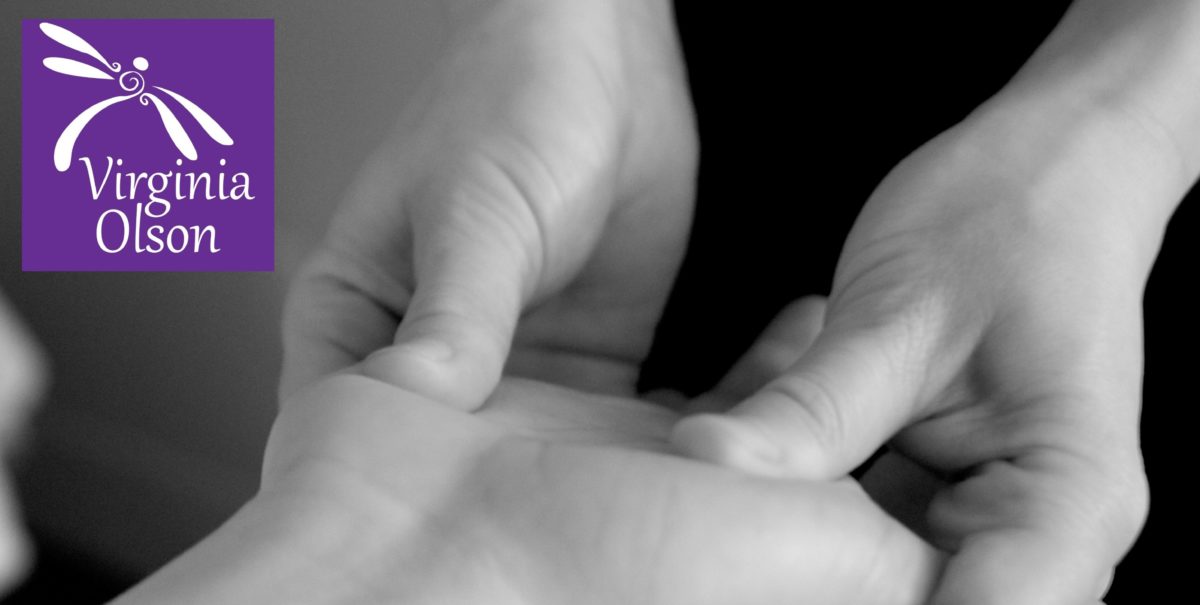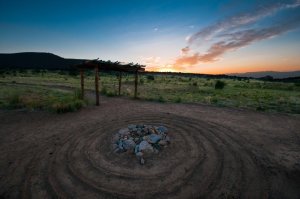On Feburary 27, 2012, William Broad’s article “Yoga and Sex Scandals: No Surprise Here”appeared in the New York Times. If you’re not part of the yoga community (or even if you are), you might not have heard about the recent scandal surrounding John Friend, the founder of Anusara yoga. Broad blames yoga’s origin as a “sex cult” and argues that, in many ways, such scandals are hardly a surprise.
While it’s true that there’s definitely a much stronger relationship between yoga and sex than most people within the practice will acknowledge or admit, it’s also worth mentioning that the core issue is not the link between yoga and sex, but rather personal responsibility, ethics, and leadership. It’s hardly surprising that people who lack discipline, maturity, and self-control will mis-use sexuality.
Sex scandals (and sexual violence in general) outside of yoga are just as common as within the yoga community. The mis-use of sexuality is rampant in our culture. Opportunities to learn how to responsibly use sexual energy are rare. And as a culture, we shy away from frank and open discussions of sexuality. Anything that isn’t openly acknowledged and talked about has the potential to “go underground,” to become something hidden and shameful.
It’s unfortunate this is the case, because it denies many people the opportunity to learn about themselves and their sexuality in an environment of open-ness and non-judgment. And it contributes to the kind of scandals we hear about all too often. Far too many leaders in the yoga community have been the subject of sex scandals. Broad’s article mentions a number of them, and Friend is by no means the first. Unfortunately these type of scandals cause people to distance themselves from the practice and give it a bad reputation.
Spiritual growth includes a period of spiritual adolescence. Sometimes people spend a long time in a place where they are “talking the talk” before actually “walking the walk.” There’s a lot of lip service paid to concepts of peace and love and oneness in yoga, and in spiritual community in general. But underneath that, there are a lot of people who are still angry, still hurting, and still have a lot to be healed.
Sometimes we are guilty of looking up to the wrong people, of looking to flash and charisma over substance. Who’s making the loudest noise or attracting the biggest crowd – in other words, that person who’s talking the talk. Sometimes we don’t exercise enough discernment. An impressive facade can make us gloss over inconsistencies. Sometimes those who appear to be the most impressive don’t have the qualities we would want real leaders to possess.
And sometimes those who do have those qualities, who are walking the walk, who truly possess leadership potential, want to live quiet lives removed from the world. I would have said, not long ago, that there’s nothing wrong with that. But the more I realize what a scarcity there is of true leaders, the more I realize that those people with substance, with integrity, with maturity, have an obligation to step forward, to build real leadership skills on that foundation, and provide an example that other people can truly look up to.



